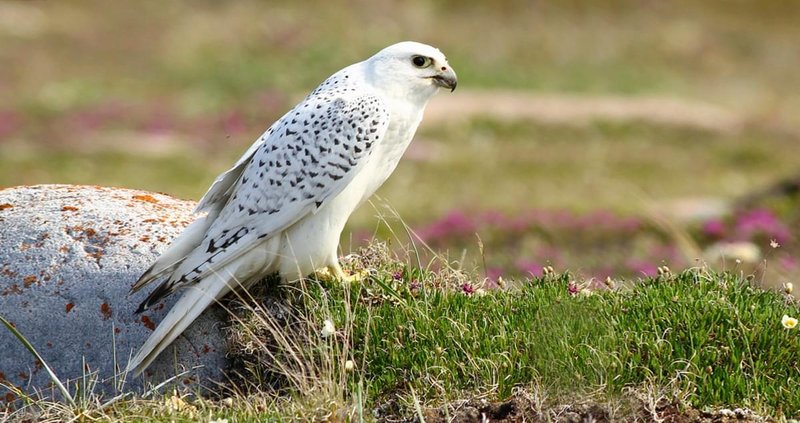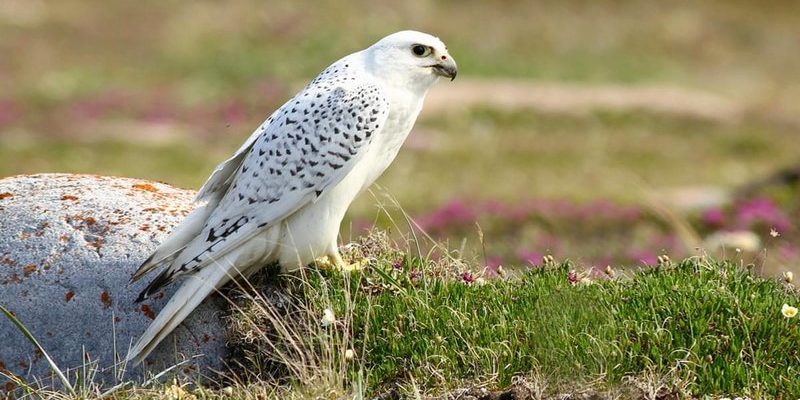
Think of the gyrfalcon as the Arctic’s royal ambassador. It thrives in some of the most chilling environments, from the icy tundras to the rugged cliffs of the northern regions. However, like many species, it faces challenges that could affect its future. In this article, we’ll explore the status of the gyrfalcon, the factors affecting its survival, and what we can do to help protect this incredible bird.
What Is a Gyrfalcon?
The gyrfalcon, scientifically known as *Falco rusticolus*, is the largest of the falcon species. These majestic birds can be found in the Arctic and sub-Arctic regions. But here’s the thing: they’re not just big; they’re also quite stunning. Gyrfalcons can display a variety of colors, ranging from pure white to dark gray, depending on their age and region.
One of the coolest things about gyrfalcons is their ability to adapt. They often hunt smaller birds and mammals, showcasing their impressive diving speed and agility. Imagine them swooping down from the sky, scanning the ground for their next meal! This hunting prowess makes them vital players in their ecosystems.
Current Conservation Status
So, where do we stand with the gyrfalcon’s conservation status? The gyrfalcon is classified as “Least Concern” by the International Union for Conservation of Nature (IUCN). But don’t let that title fool you; it doesn’t mean they are free of threats. Gyrfalcons are still vulnerable to changes in their environment and food supply.
Population assessments suggest that while the gyrfalcon is relatively stable in some areas, it faces challenges in others. Climate change is a major concern, as it alters the habitats and food sources that these birds rely on. Additionally, habitat loss due to development and human activity can negatively impact their breeding and hunting grounds.
Factors Affecting Gyrfalcon Populations
Understanding what threatens the gyrfalcon helps us realize how we can protect it. Here are some key factors:
- Climate Change: As temperatures rise, the habits of gyrfalcons change, impacting their hunting success. Fewer ice-covered areas can lead to decreased food availability, making survival tougher.
- Habitat Loss: Urban development and agriculture can strip away crucial nesting and hunting areas, forcing gyrfalcons to adapt or relocate.
- Pollution: Chemicals in the environment can decrease the fertility of birds and harm their food sources, creating a ripple effect on their population.
These challenges highlight the delicate balance within ecosystems. If the environment changes too dramatically, it could disrupt not just gyrfalcons but many other species as well.
Breeding and Nesting Habits
Gyrfalcons typically nest on high cliffs or in large tree cavities, depending on the availability of safe sites. Their breeding season occurs during the spring, often laying around 3 to 5 eggs. Both parents are involved in raising their young, showcasing a strong family bond that’s heartwarming to observe.
You might be curious about how they choose nesting sites. Honestly, they look for places that offer safety from predators and accessibility to hunting areas. The females are responsible for incubating the eggs, while the males hunt to provide food. It’s a solid partnership that ensures the next generation has the best chance of survival.
How Can We Help Gyrfalcons?
Now that we’ve explored the challenges facing gyrfalcons, you might be wondering how you can make a difference. Here are some simple steps you can take:
- Support Conservation Efforts: Getting involved with or donating to organizations focused on wildlife conservation can have a big impact.
- Educate Yourself and Others: Knowledge is power! Share information about gyrfalcons and their needs with friends and family.
- Be Mindful of Your Environment: Reducing pollution and being conscious about habitat preservation can help maintain the ecological balance that gyrfalcons need to thrive.
Every little action counts. By spreading awareness and contributing to conservation efforts, we can play a role in protecting these magnificent birds.
Comparing Gyrfalcons to Other Falcon Species
Many folks love birds of prey, and it’s easy to compare the gyrfalcon to other falcon species. Take the peregrine falcon, for example. Known for its incredible speed, it hunts primarily in urban areas, showcasing a different adaptation.
While both are skilled hunters, gyrfalcons tend to hunt in more remote areas, relying on larger prey like ptarmigans. The differences in habitat and hunting styles highlight the variety within the falcon family. Each species has its unique characteristics and challenges, making them all fascinating in their ways.
In summary, while the gyrfalcon isn’t classified as endangered, it faces significant threats that could impact its future. As individuals, we hold the power to influence the fate of these remarkable birds. By understanding the issues at hand and taking steps to protect their habitats, we can ensure that the gyrfalcon continues to soar through the skies for generations to come.
So, the next time you think of the gyrfalcon, remember it’s not just a stunning bird; it’s a symbol of the wild that needs our help. Let’s work together to keep the skies filled with their majestic presence!

